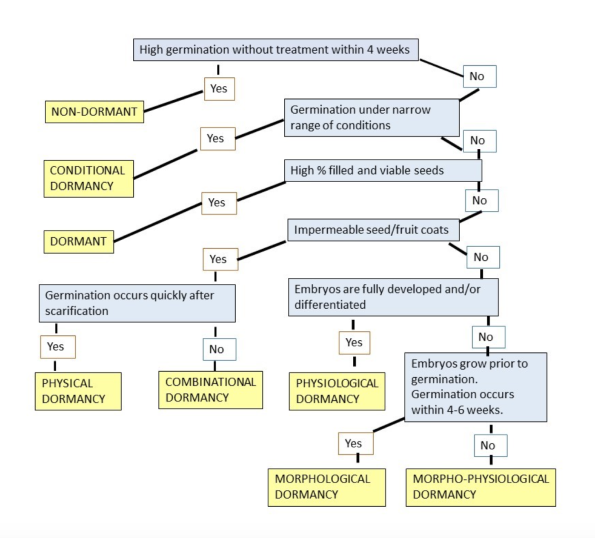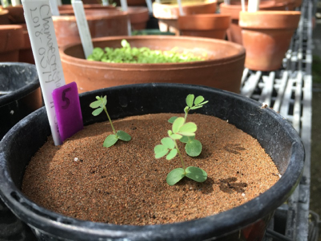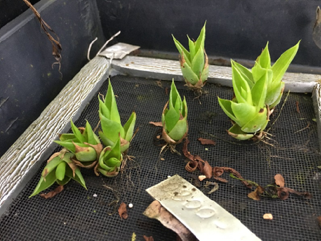The US endangered Del Mar Manzanita (Arctostaphylos glandulosa ssp. crassifolia) grows in southern maritime chaparral, a habitat that experiences fire. Fruits are mealy drupes with stone seeds that may be separate or fused. They are tough nuts to crack! Discovering the trick to their germination proved to be a study in patience.
Hypothesis 1: Seeds will germinate after contact with chemicals in smoke. Knowing that Del Mar Manzanita grows in a habitat that experiences fire, I tested the effect of soaking fruits and seeds for 24 hours in Liquid Smoke™ at 10%, 25% and 50% concentrations versus drenching soil in Liquid Smoke™ at 10%, 25% and 50% concentrations.
For this and all trials described, I collected ripe fruit from several specimens along the ridge at San Diego Botanic Garden’s overlook natural area. In the fall I sowed 20 fruit in flats containing native soil that had been collected from an area behind the greenhouse facility. I had enough flats that I could put some in the greenhouse with bottom heat and have some outside –both in full sun and under light shade cloth. I let the first natural rain trigger the first watering for the flats outside and in the greenhouse. I kept all flats moist after that. I examined germination for 6 months.
None resulted in germination at any concentration.
I had been told the National Park Service nursery on the Channel Islands had success by soaking the island manzanitas in Coca-cola™ to mimic digestive juices of the Island fox. I had seen berries in coyote scat, so thought it was worth a try.
Hypothesis 2: Scarification is required for germination. As I didn’t have acid available, I soaked fruits and seeds in Coca-cola for 24 hrs. I monitored germination for 6 months.
No germination occurred.
I had a strong feeling that these fruits were fire dependent and needed real heat to crack the stone.
Hypothesis 3: Heat is required for germination. I planted the intact fruit and cleaned seed just under the soil surface in a large flat rectangular bonsai pot. Most sources recommend burning with pine needles, so I tried that. I burned fruits and seeds over with Torrey pine (Pinus torreyana) needles piled about 1-2 inches thick over the flat. After burning the ash was left on top of the soil. I monitored germination for 6 months.
This yielded very low germination (about 10%).
The pine needles burned very quickly and quite hot. Since the manzanita doesn’t generally grow near pines, I decided to try something else. I collected leaf litter from under the manzanitas, removing old fruit so I could get an accurate germination rate.
Hypothesis 3: The kind of fuel that burns influences germination. I sowed seeds in a flat clay pot in native soil covered with 1-2” of leaf litter. I burned the leaf litter on the soil surface and left ash there. The manzanita leaf duff burned more slowly than the pine duff, smoldering rather than flash burning after initial ignition. I tried to burn on a clear morning, but with no fog or wind; so I wasn’t completely matching conditions of a real wildfire. I monitored germination after 6 months and 1 year.
This resulted in moderate germination over 50%.
Since the seedlings were small and slow growing I left them in the same flat to get them to size up before transplanting. The next fall I was surprised when more seedlings popped up in the same flat. Total germination ended up being close to 75%. This germination rate was good enough for me to call it a success.
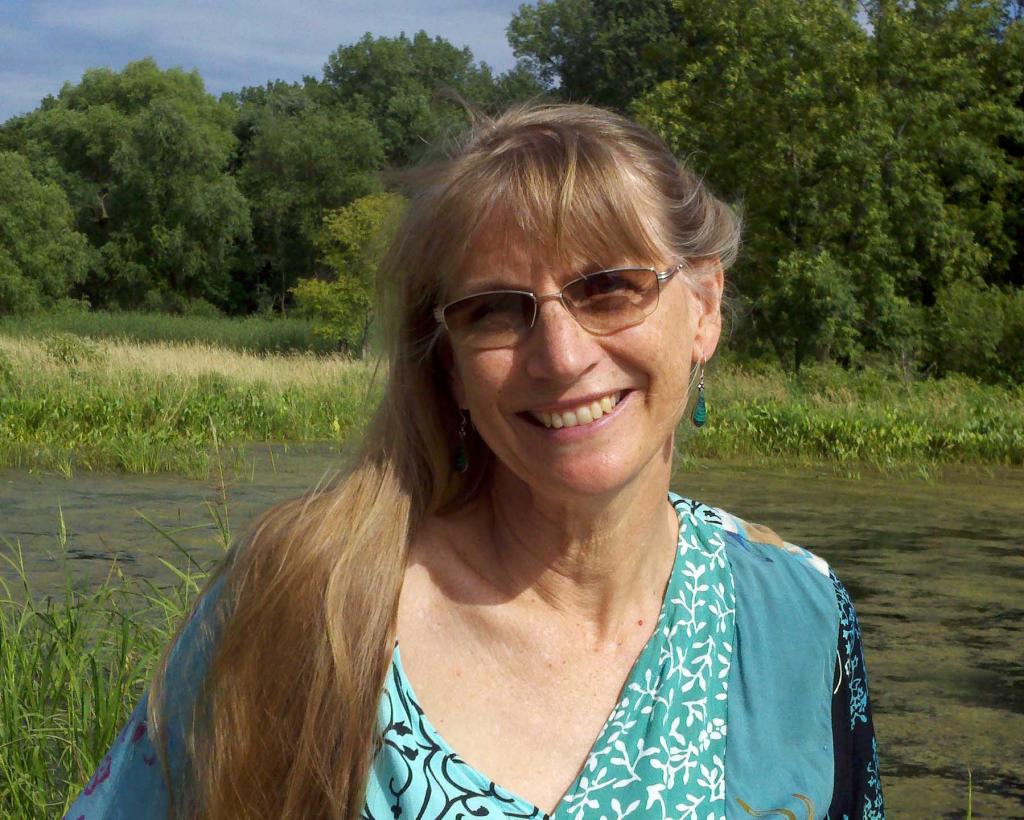 Joyce Maschinski
Joyce Maschinski 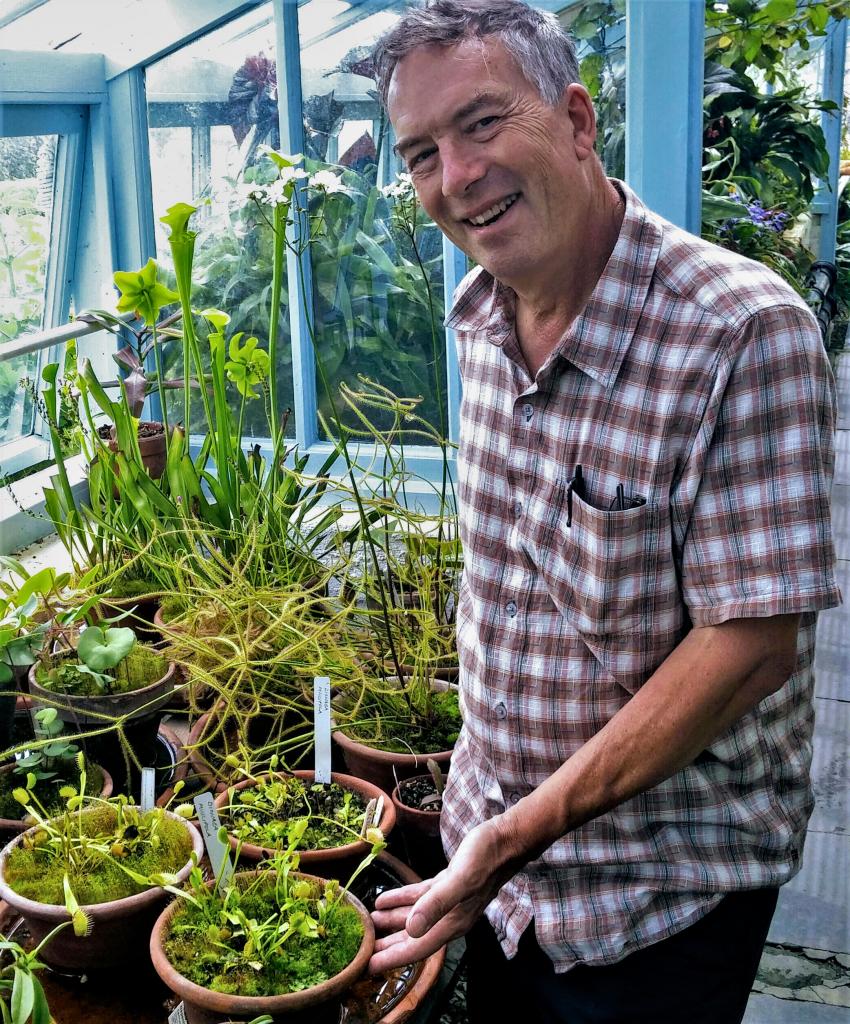 Johnny Randall
Johnny Randall 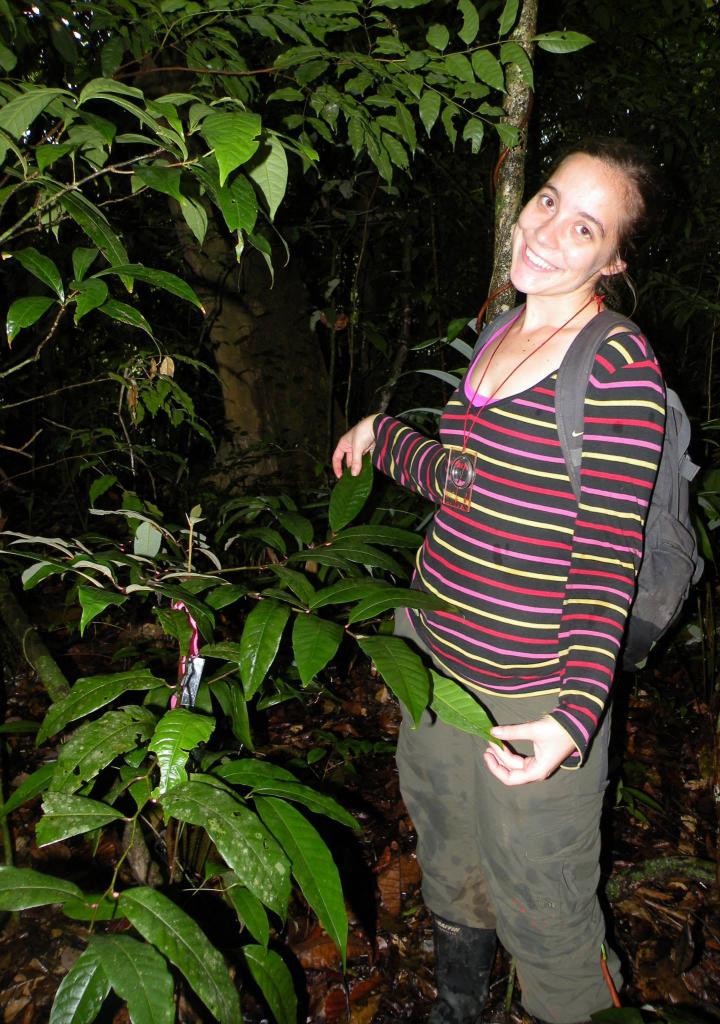 Katie Heineman
Katie Heineman 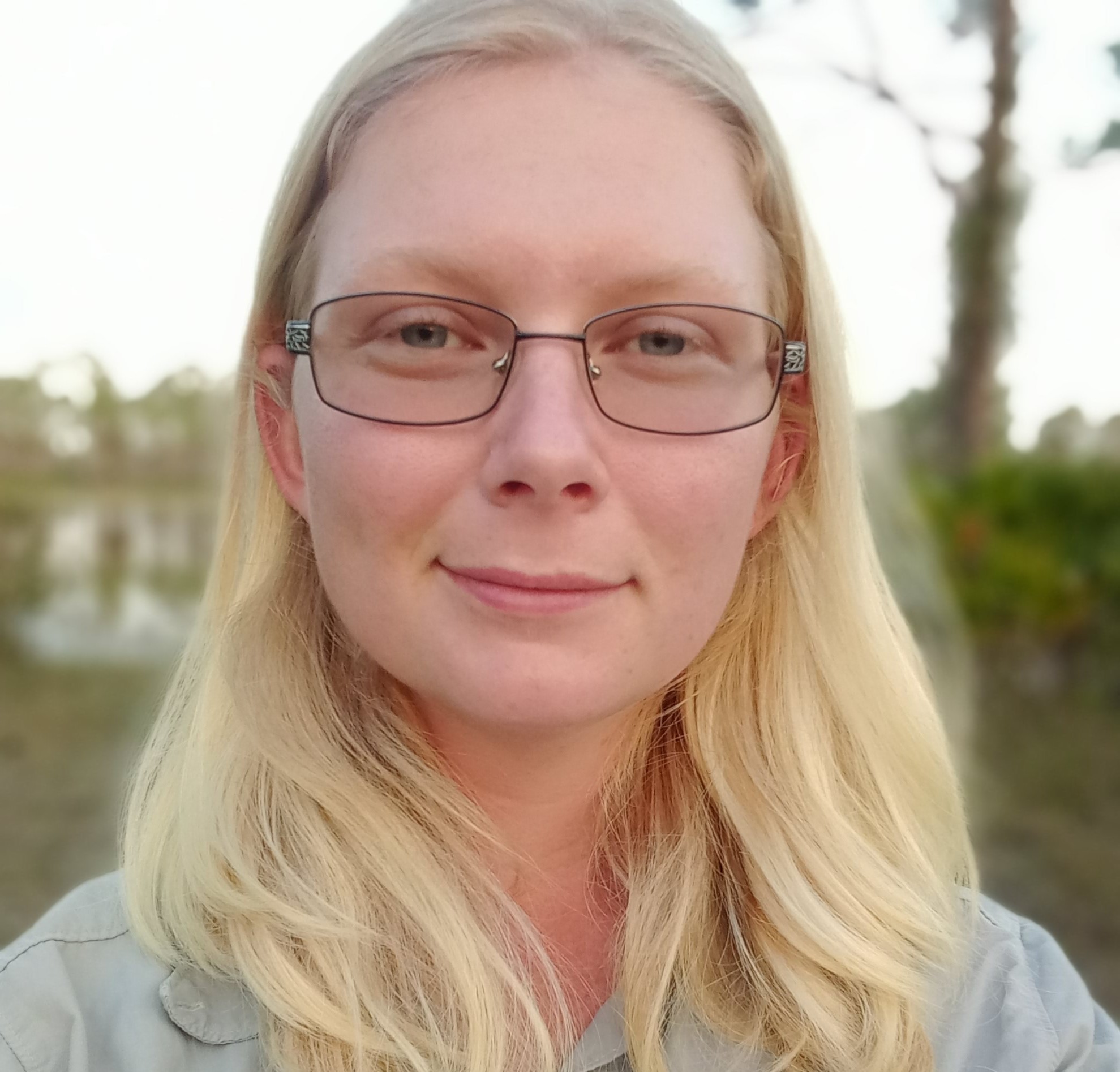 Jessica DeYoung
Jessica DeYoung  Ashley Clayton
Ashley Clayton 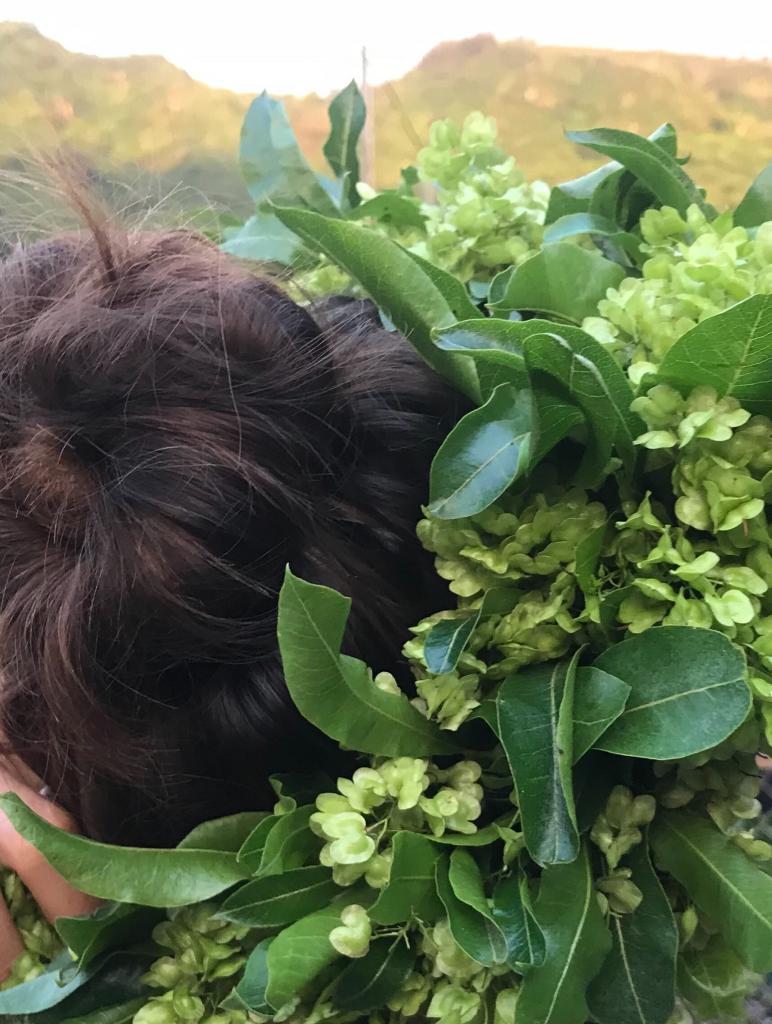 Talia Portner
Talia Portner 

